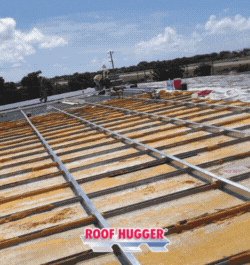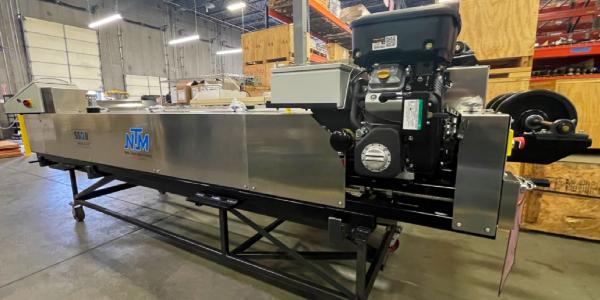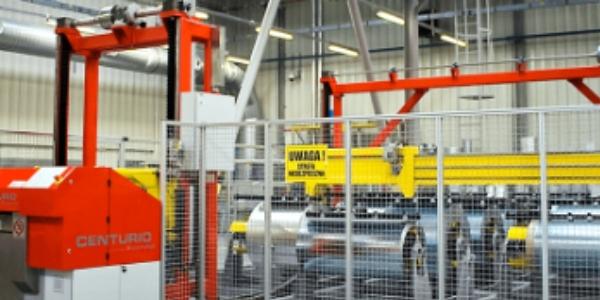UP TO THE MINUTE
Nailing structural integrity at the roof’s edge
November 12, 2025 at 3:00 a.m.By Jenny Yu.
Learn how proper nailer design and installation can be the difference between a strong roof system and a failed one.
When a commercial roof fails, it rarely starts in the center — it starts at the edge. According to Hickman Edge Systems, more than half of all roof failures begin at the perimeter, where inadequate or deteriorated nailers can weaken the entire system. FM Global data backs it up — one study found that 59% of wind-related roofing losses originated from edge metal failure.
The nailer — the horizontal component that ties the roof membrane, edge metal, and structure together — plays a key role in resisting wind uplift forces at the perimeter.
Hickman Edge Systems’ AIA- and IIBEC-approved course, Wood Nailer Alternatives: Designing for Longevity and Performance, takes a closer look at this critical detail — showing how proper nailer design and installation can determine whether a roof withstands the next storm or fails under pressure.
“Security starts at the nailer,” Hickman Edge Systems notes. “Failure to properly specify or install the nailer system can lead to catastrophic results.”
Traditional wood nailers have long been the industry go-to, but they bring challenges: moisture absorption, rot, warping and insect infestation. Often unnoticed, these issues can reduce attachment strength and leave the roof vulnerable to costly failures.
Beyond their material weaknesses, wood nailers can also create thermal bridges that reduce insulation performance and overall energy efficiency.
The course examines common vulnerabilities in nailer performance and compares traditional wood systems with “wood nailer alternatives” — metal solutions designed to enhance uplift resistance, durability, installation consistency and energy efficiency. It also references key industry standards — including ANSI/SPRI ED-1, FM 1-49 and the NRCA Roofing Manual — which outline best practices for nailer attachment, fastener spacing and material compatibility. Attention to these standards and adherence to specifications are critical for achieving lasting perimeter performance.
Architects, consultants and contractors will leave this seminar with practical guidance for longer-lasting, higher-performing roof systems — starting with the often-overlooked detail that holds it together.
Learn more about Hickman Edge Systems in their Coffee Shop Directory or visit www.hickmanedgesystems.com.






















Comments
Leave a Reply
Have an account? Login to leave a comment!
Sign In